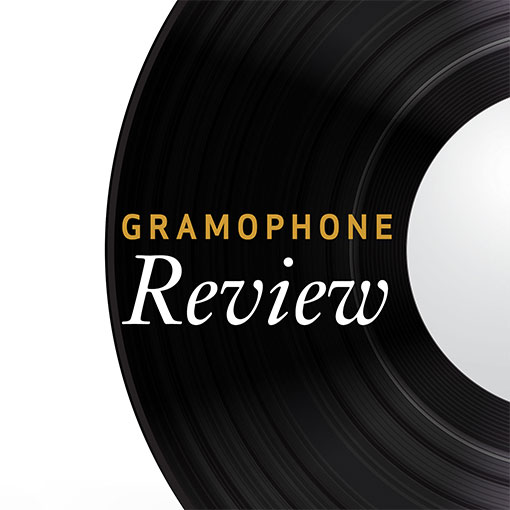Bruckner Symphony No 3
View record and artist detailsRecord and Artist Details
Composer or Director: Anton Bruckner
Label: DG
Magazine Review Date: 10/1991
Media Format: CD or Download
Media Runtime: 59
Mastering:
DDD
Catalogue Number: 431 684-2GH

Tracks:
| Composition | Artist Credit |
|---|---|
| Symphony No. 3 |
Anton Bruckner, Composer
Anton Bruckner, Composer Giuseppe Sinopoli, Conductor Staatskapelle Dresden |
Author: Richard Osborne
It is good to have a newcomer to this symphony on record, Giuseppe Sinopoli, opting for the preferable but too little recorded First Definitive Version of Bruckner's flawed but magnificent Wagner-Symphonie. It is also gratifying to find a Bruckner conductor from the younger generation of interpreters who is both aware and level-headed, with a fine grasp both of Bruckner's orchestral methods and his long-breathed arguments. Though Sinopoli occasionally gently pressures tempos at nodal points, the pressure is never otiose. Having opted for the 1877 text (complete with the added third movement coda which Nowak includes in his edition), Sinopoli treats it sympathetically and with respect. This is not the Dresden orchestra's only recording of the symphony in the catalogues, though it is the first time we have heard them in the 1877 version. Jochum's EMI recording (available in a complete set, 3/91) uses the bolstered and truncated 1889 Bruckner/Schalk revision. The playing on the new recording is very fine, especially in the slow movement which is unusually sensitive and eloquent.
Bruckner collectors looking for a recording of the symphony in the 1877 version will get a lot of pleasure from this new DG version, though the competition from Haitink and the VPO on Philips is formidable. Certainly, I found the DG recording less easy to set at an optimum level than the Philips. DG's location was Dresden's Lukaskirche. It provides a gently reverberant ecclesiastical acoustic, apt to Bruckner, but I found the slightly distant string balance frustrating at times, especially when juxtaposed with some almost grindingly powerful tuttis. Philips's Vienna-made recording, by contrast, tends to be clearer and better focused, with the VPO's powerfully focused playing and Haitink's eminently clear conducting making it, if anything, an even more desirable acquisition than the newer rival.'
Bruckner collectors looking for a recording of the symphony in the 1877 version will get a lot of pleasure from this new DG version, though the competition from Haitink and the VPO on Philips is formidable. Certainly, I found the DG recording less easy to set at an optimum level than the Philips. DG's location was Dresden's Lukaskirche. It provides a gently reverberant ecclesiastical acoustic, apt to Bruckner, but I found the slightly distant string balance frustrating at times, especially when juxtaposed with some almost grindingly powerful tuttis. Philips's Vienna-made recording, by contrast, tends to be clearer and better focused, with the VPO's powerfully focused playing and Haitink's eminently clear conducting making it, if anything, an even more desirable acquisition than the newer rival.'
Discover the world's largest classical music catalogue with Presto Music.

Gramophone Digital Club
- Digital Edition
- Digital Archive
- Reviews Database
- Full website access
From £8.75 / month
Subscribe
Gramophone Full Club
- Print Edition
- Digital Edition
- Digital Archive
- Reviews Database
- Full website access
From £11.00 / month
Subscribe
If you are a library, university or other organisation that would be interested in an institutional subscription to Gramophone please click here for further information.





